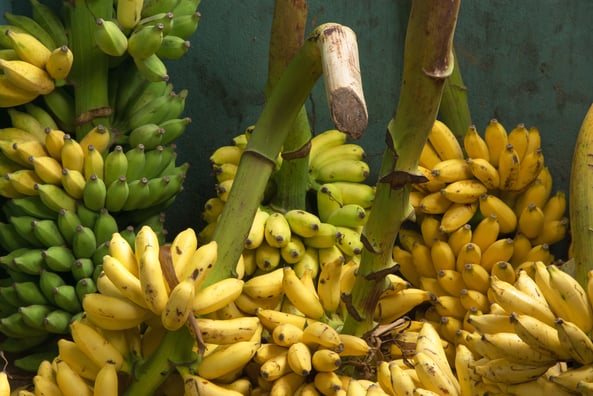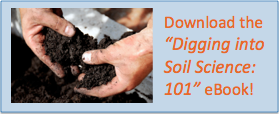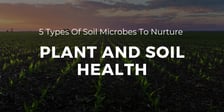By Kaitlyn Ersek on Feb 9, 2016 12:20:09 PM
Have you ever noticed that when you go to purchase bananas from the grocery store, they are always perfectly ripe and ready for consumption? That is because of a little known plant hormone known as Ethylene. Ethylene is a gas produced in the plant with the purpose (among others) to speed up the rate at which fruits ripen. Bananas are harvested in a pre-ripening condition (green). To prevent ripening, they are shipped under refrigeration to the destination country. Upon arrival, they are placed in a sealed ripening room and exposed to ethylene gas, causing the green peel to turn yellow and change the sugar content and texture of the fruit. When left to their own devices, the ripe bananas produce their own ethylene gas, sending other bananas into ripe mode. Ethylene is just one example of how plant hormones play a crucial role in plant life.

Auxins and gibberellins are two common plant hormones when it comes to growth and orientation, positively affecting cellular growth and differentiation. Other naturally occurring plant hormones include: abscisic acid and cytokinins – which direct germination and fruiting when environmental conditions are right. Used in commerce, these naturally occurring plant hormones and their synthetic cousins are referred to as plant growth regulators.


![Holganix Greater Green Goal [2024 Update]](https://www.holganix.com/hs-fs/hubfs/Blog%20headers%20%232%20%2875%29.jpg?width=224&height=112&name=Blog%20headers%20%232%20%2875%29.jpg)



![Holganix Greater Green Goal [2024 Update]](https://www.holganix.com/hs-fs/hubfs/Blog%20headers%20%232%20%2875%29.jpg?width=120&height=66&name=Blog%20headers%20%232%20%2875%29.jpg)








